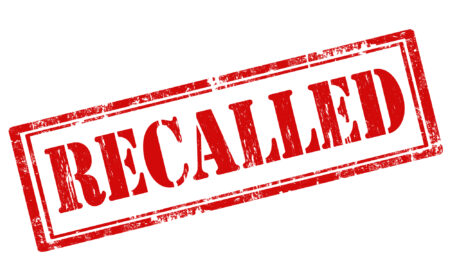The practice of consigning clinical products initially started as a way to get a variety of newly available medical devices into the hands of physicians without the need for hospitals to purchase every item right away. Sounds like a great idea: physicians get a variety of products to choose from and the hospital only pays for what’s actually used. Well, the problem with this scenario is that the intense competition between device manufacturers and the eventual expectations of consignment agreements at most hospitals has led to an enormous amount of inefficiency in the way the consigned inventory and product data are managed.
Manufacturers put many of their consigned products on the shelves in the hopes that their product gets used, when in fact only a handful of SKUs are used on a regular basis. (Consignment levels will vary from 0% to 80% of the total inventory, based on whatever an individual department or hospital negotiates with each vendor). The rest are likely to expire before they’re ever used (5% to 10% of the value of inventory in a specialty procedure department, such as the cath lab or OR, will expire in any given month). Because consigned inventory is the property of the manufacturer, it’s their responsibility to replace the expired items with fresh stock, thus eating the cost of the waste. Some manufacturers have been trying to get a handle on this in order to minimize the waste; others have viewed it as the cost of doing business. But with our new economic reality and margins getting a lot tighter, I predict that this level of waste won’t be acceptable going into the future.
On the hospital side, consignment can be tricky and costly if not managed properly. You’d have to be pretty naïve not to assume that the cost of waste isn’t being passed onto the hospital in one way or another. In addition, hospitals get charged for any items missing from the contractually obligated consignment levels. Not to mention the fact that additional inventory that is at a high risk for expiration is a clinical liability for the hospital (risk of putting an expired product into a patient); plus, additional management time and oversight for dealing with consigned inventory, which in many cases has to be managed separately in order to account for every unit.
The right answer long-term is not consignment, but vendor-managed inventory (VMI). Similar to what happens in the retail industry, when a customer buys something, the manufacturer is notified that the item needs to be re-stocked. This requires an effective inventory management system as well as utilization information at each relevant hospital department, which are currently lacking in most hospitals. It also requires a very different type of relationship between suppliers and hospitals – with more transparency and greater collaboration where both parties are on the same side of the table working toward common and mutually beneficial objectives. This is starting to happen already and will likely continue to take hold in the future.





